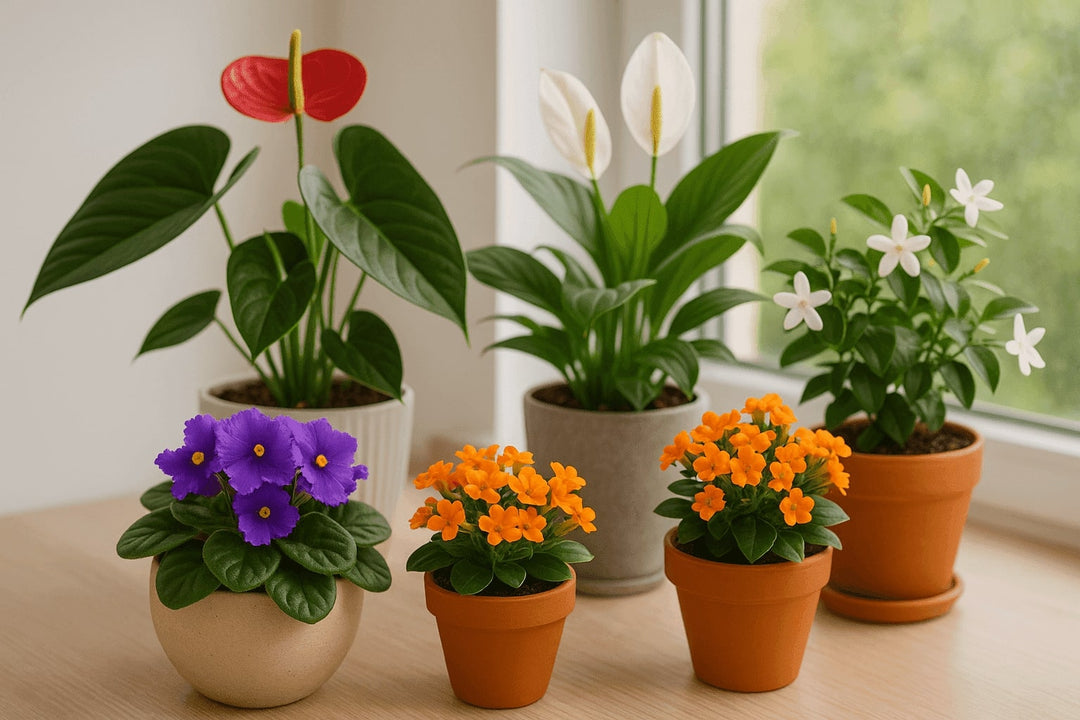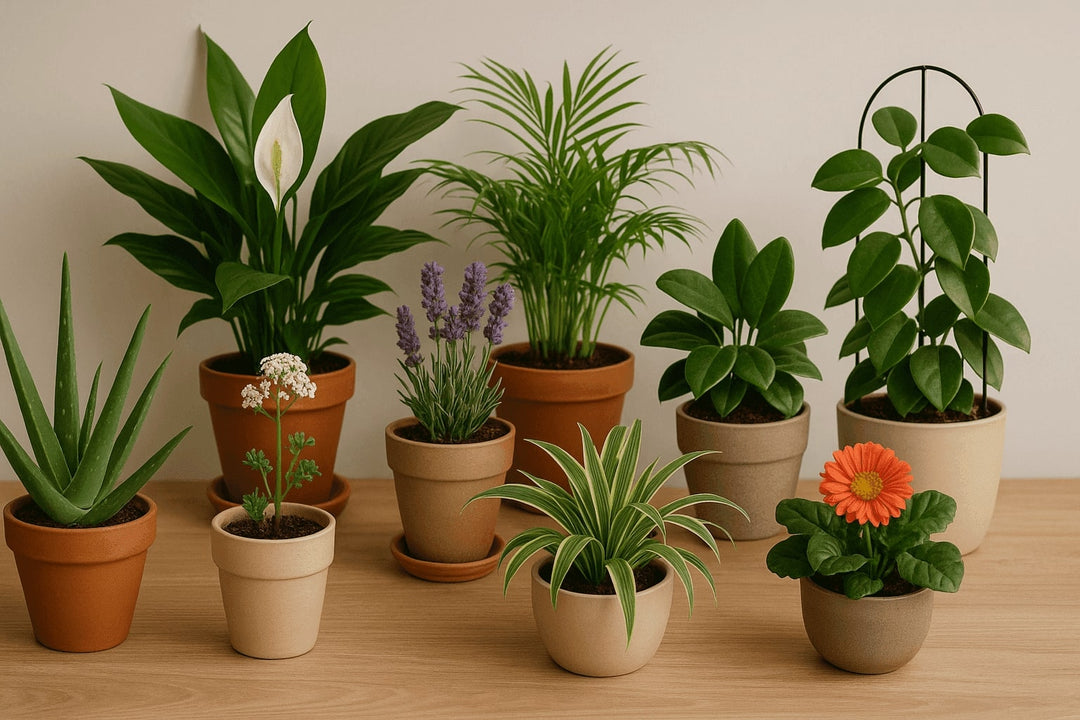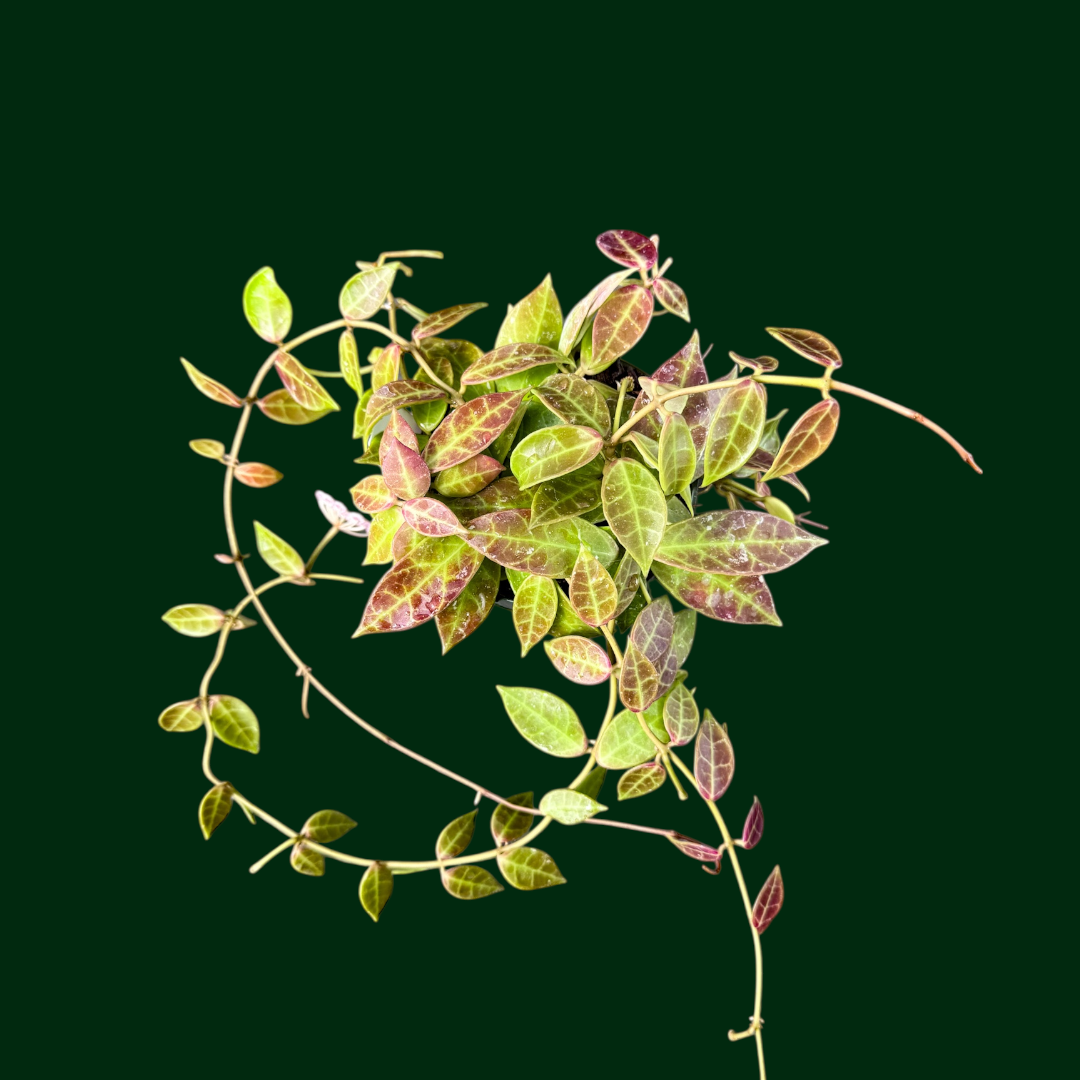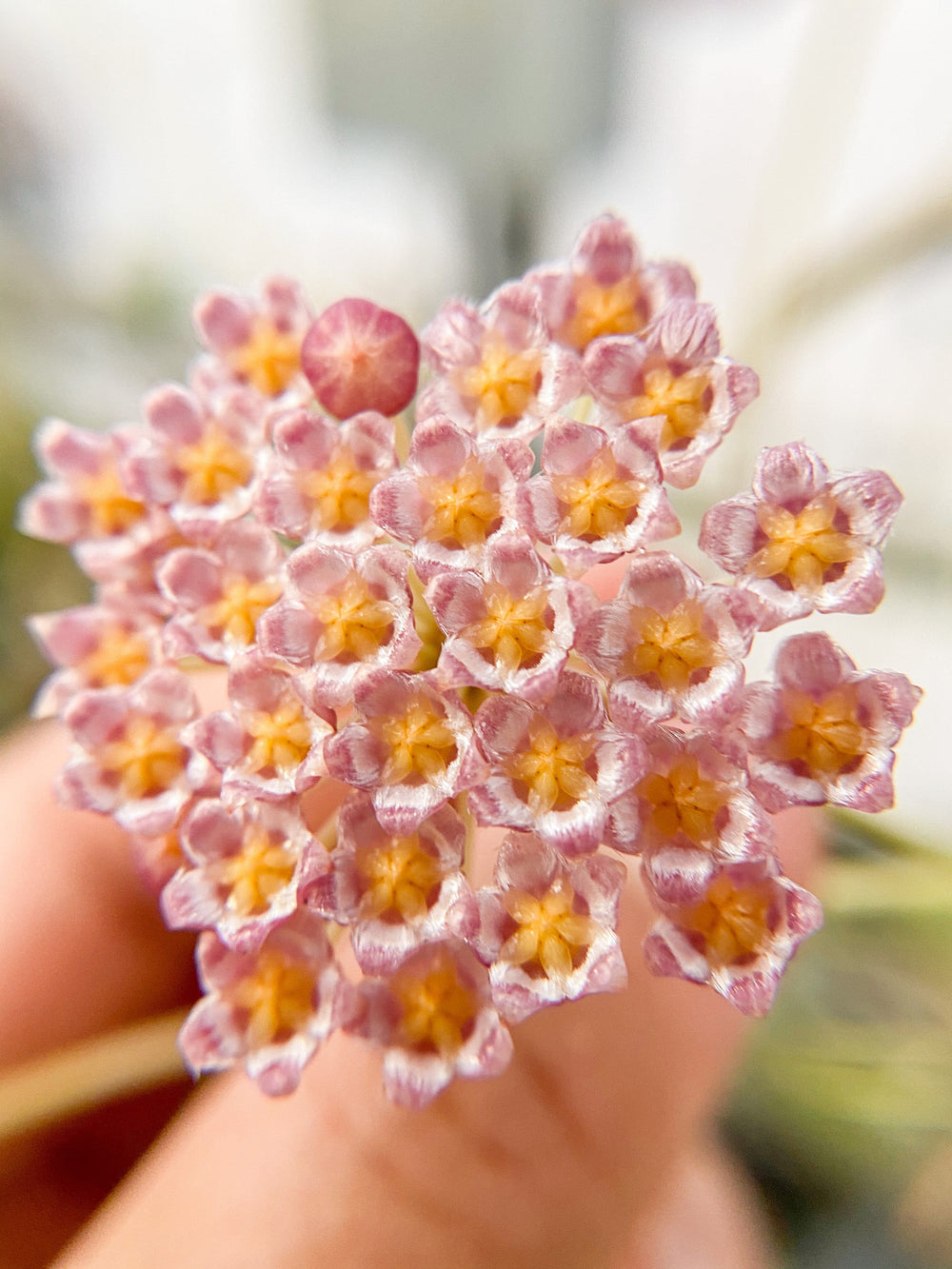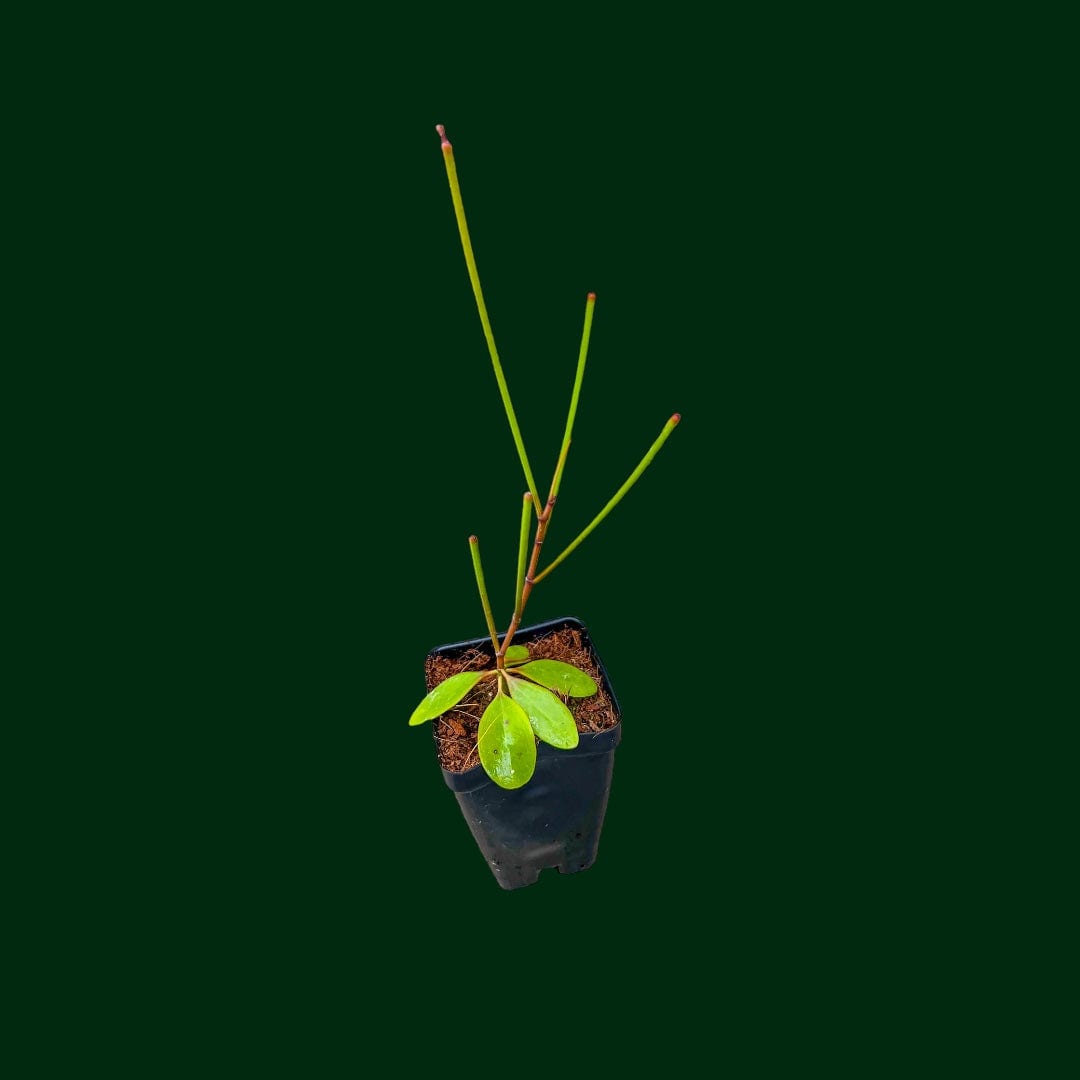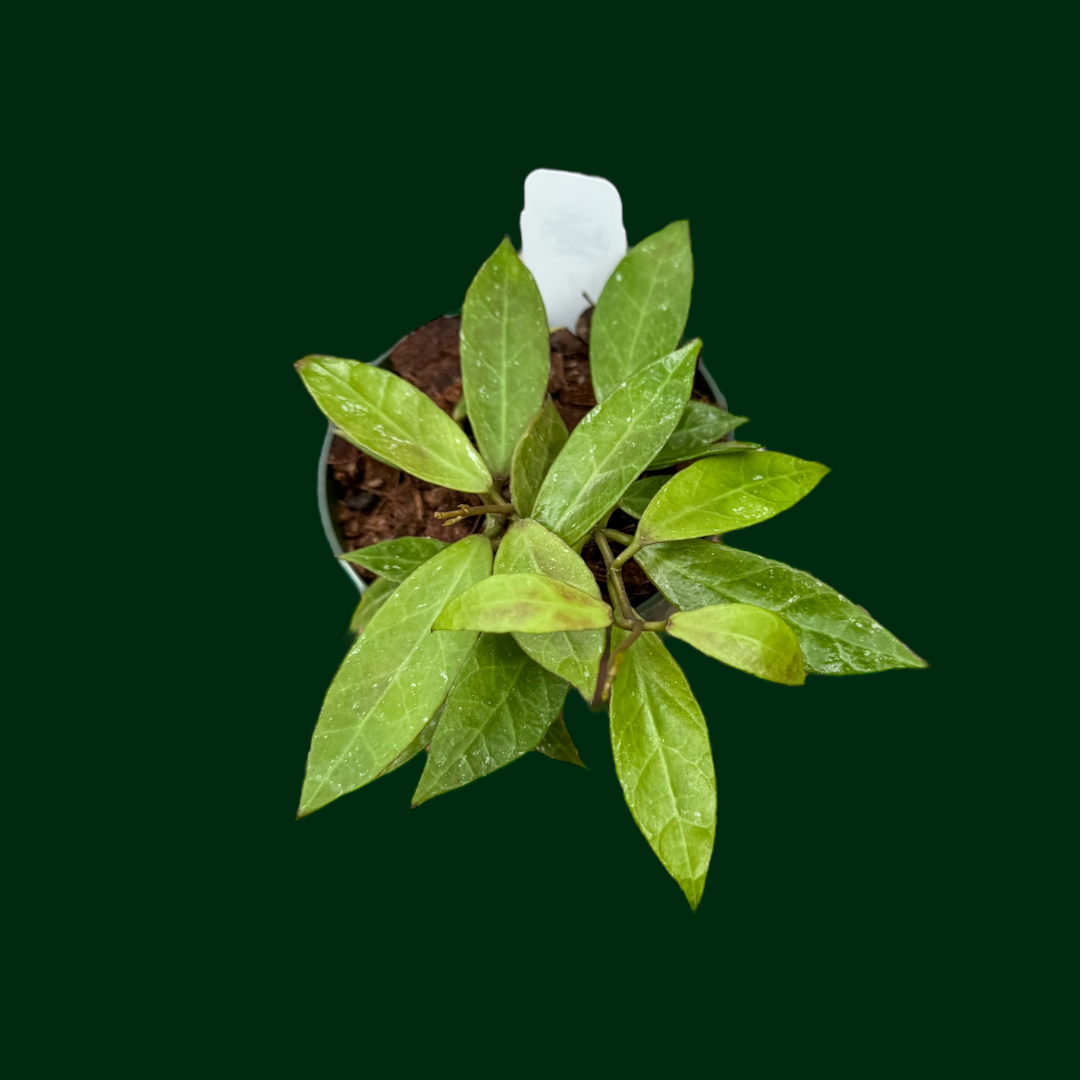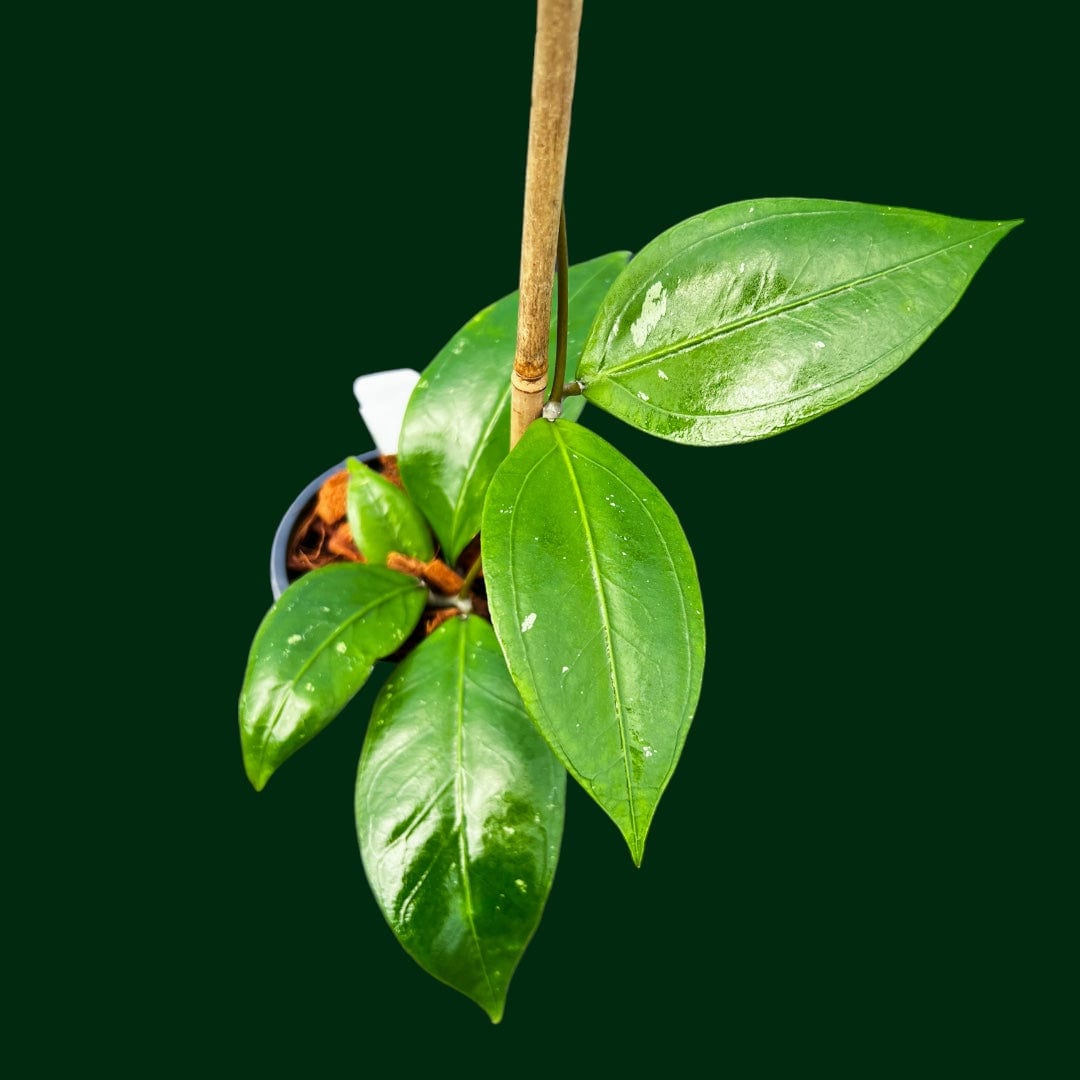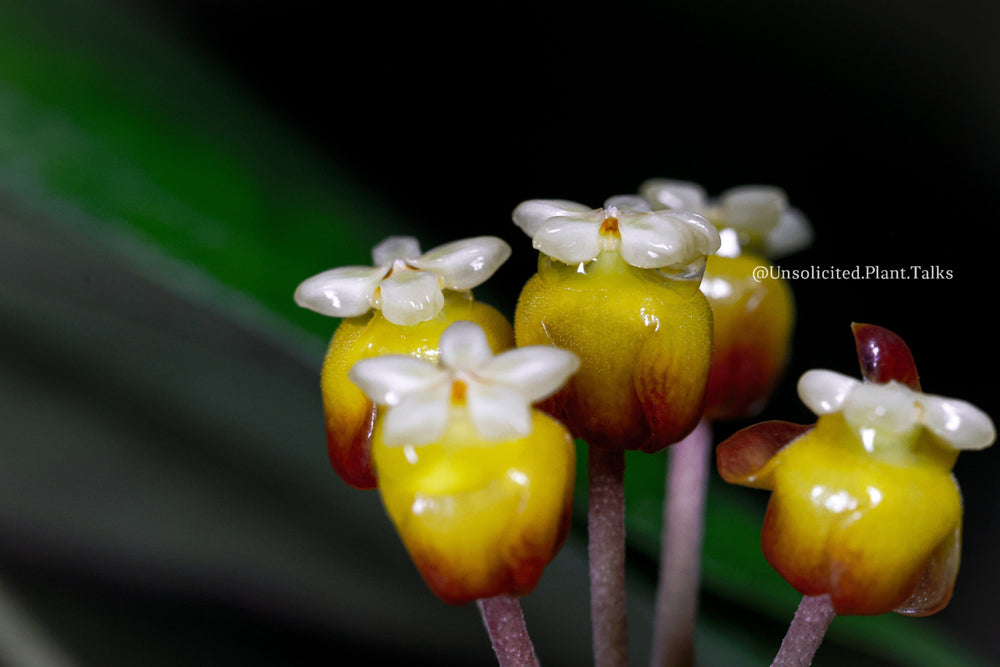Propagating Hoya latifolia (Sarawak): A Comprehensive Guide
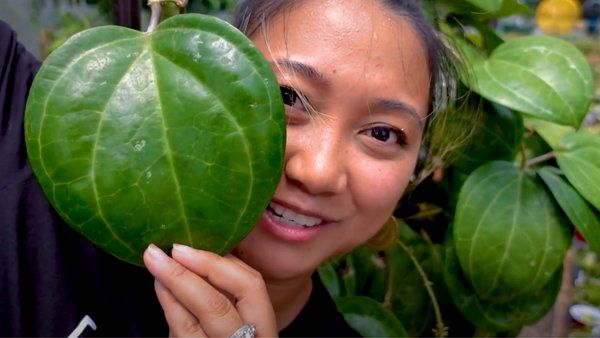
Table of Contents
- Preparing for Propagation: Tools we Use
- Cutting the Mother Plant
- Preparing the Cuttings
- Propagating the Cuttings
- Labeling and Watering
- Propagating Stem Cuttings
- Final Thoughts
Hello everyone! Today we're going to delve into the fascinating world of plant propagation, specifically focusing on Hoya latifolia (Sarawak).
This variety is one of the many types of latifolia, easily identifiable by its unique flower, the Sarawak pink, which boasts subtle pink hues on its petals and bloom.
Watch the video here:
Preparing for Propagation: Tools we Use

Before we dive into the propagation process, it's essential to gather all the necessary items. For this demonstration, we're propagating Hoya latifolia (Sarawak), a bushy mother plant. The medium we use is a blend of coco husk and coco coir, which we mix ourselves. Additionally, we have a container of pure coir, which we use to top off the cuttings after propagation. This helps maintain moisture for a longer period, preventing gnats from invading and damaging the roots.
To keep the propagated stems stable in the pot or medium, we used floral pins for a while. However, some people dislike their rusty appearance over time, so we've started using strawberry pins (available on our website) as a more aesthetically pleasing, rust-free alternative.
Cutting the Mother Plant

The first step in the propagation process is cutting the mother plant. We use curved shears, which are excellent for reaching into difficult areas due to their thin blade. Before using the shears, we spray them with a freshly mixed Physan20 or 99% isopropyl alcohol to prevent any contamination from previous plants that may have had fungal infections or diseases.
When cutting Hoya latifolia (Sarawak), we don't cut all the way to the bottom, especially when dealing with a large plant in a 12-inch pot. Cutting it all the way down can lead to waterlogging and potential rotting of the base cutting. It can also stunt the plant's growth temporarily as it adjusts to the loss of its foliage.
Preparing the Cuttings

After cutting, we prepare the cuttings for propagation. We typically avoid propagating long vines, preferring to give the plants the chance to grow bushy. We cut the vines into smaller pieces, each with a leaf, a node, and a good amount of stem. We also remove any yellowing or unhealthy leaves, leaving only the best parts of the plant for propagation.
Propagating the Cuttings

Once the cuttings are prepared, we insert them into our coco husk and coco coir blend. We use pins to keep the cuttings stable in the medium. It's important to note that the orientation of the cuttings matters. The leaves should be facing upwards towards the sun for the best chances of successful rooting. We have another blog dedicated to this here.
After inserting all the cuttings, we top off the medium with pure coir. This helps keep the medium moist for longer and prevents gnats from laying eggs in the medium. We then introduce fungus gnat predators, a type of friendly bug, to further protect against gnats.
Labeling and Watering

The final steps are labeling and watering. We label each cutting with the plant's name and the date of propagation. This helps us keep track of how long each plant has been propagating and plan for future propagation efforts. After labeling, we water the cuttings.
Propagating Stem Cuttings

In addition to leaf cuttings, we also propagate stem cuttings. We cut the stems into pieces, each with at least one node, and insert them into the medium. We then label and water them as we do with leaf cuttings.
Final Thoughts

Propagating Hoya latifolia (Sarawak) is a relatively straightforward process, but it requires patience. The most challenging part is waiting for the cuttings to root and start growing. However, the wait is part of the fun, and the result is well worth it.
If you have any tips or tricks to share about your propagation process, please feel free to comment below. Thank you for reading, and happy propagating!



